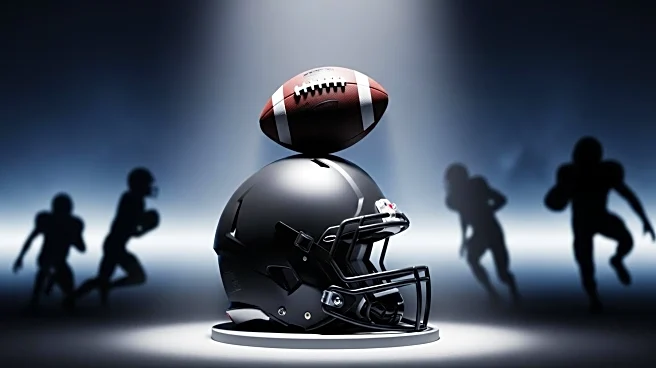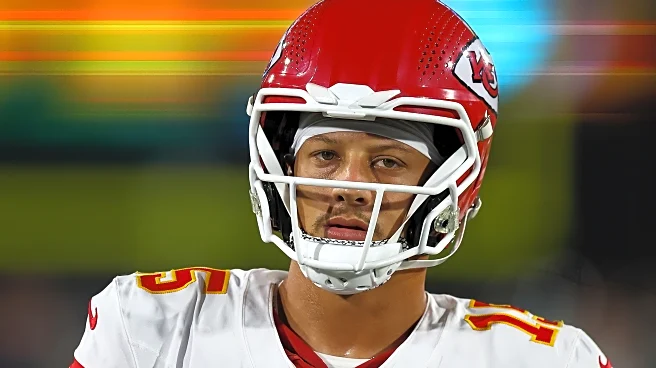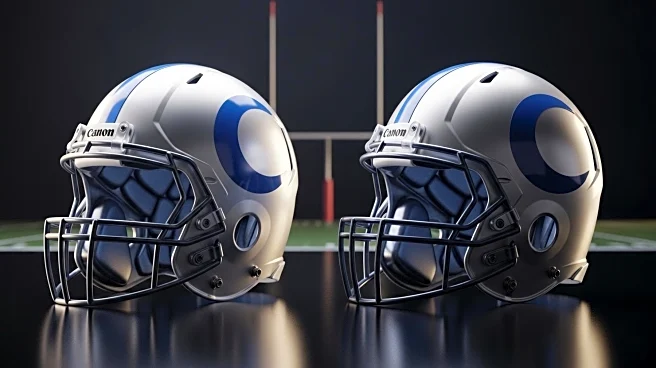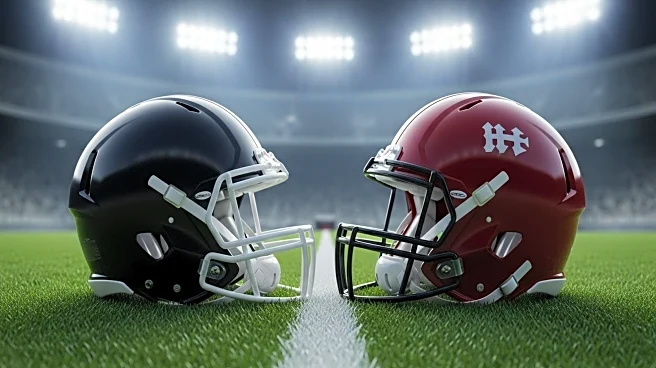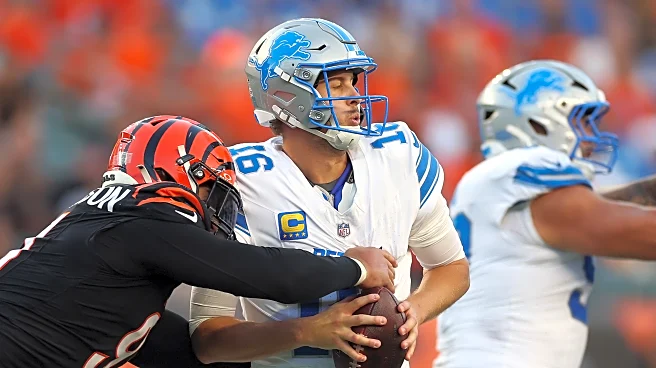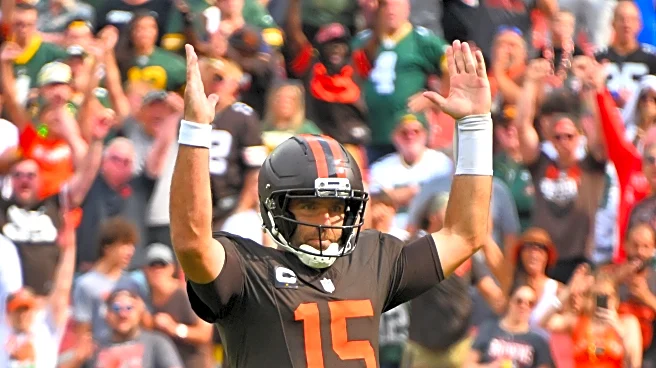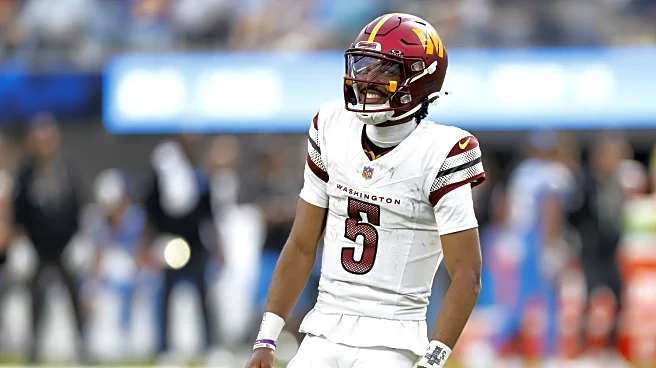What's Happening?
Jamaal Charles, former NFL running back, recently shared his insights on the evolution of the running back position during an event at the Texas State Fair. Charles highlighted the impressive performances of current running backs Jahmyr Gibbs of the Detroit Lions and De’Von Achane of the Miami Dolphins. He reflected on his experiences with coaches Todd Haley and Andy Reid, who helped him develop into a dual-threat player capable of both rushing and receiving. Charles emphasized the importance of the running back position, citing its versatility and critical role in the game. He noted that the position has evolved to become more valuable, with players like Gibbs and Achane making significant contributions to their teams.
Why It's Important?
The evolution of the running back position in the NFL is significant as it reflects broader changes in the league's offensive strategies. Running backs who can both rush and receive are increasingly valuable, offering teams more flexibility and options on the field. This shift enhances the role of running backs, making them integral to team success and strategy. As the position gains prominence, it could influence contract negotiations, player training, and team compositions. The insights from a seasoned player like Jamaal Charles underscore the potential for running backs to redefine their impact in the NFL, potentially leading to increased recognition and compensation for players in this role.
What's Next?
As the running back position continues to evolve, teams may focus on developing players who can serve as dual-threats, capable of impacting both the running and passing game. This could lead to changes in training regimens and scouting priorities, as teams seek versatile athletes who can adapt to multiple roles. The success of players like Jahmyr Gibbs and De’Von Achane may inspire other teams to invest in similar talent, potentially shifting the dynamics of team building and game strategy in the NFL. Additionally, the increased value of running backs could influence future contract negotiations, as players seek to capitalize on their expanded roles.
Beyond the Headlines
The transformation of the running back position also raises questions about the long-term implications for player health and career longevity. As running backs take on more responsibilities, they may face increased physical demands, potentially impacting their career spans and health outcomes. This evolution could prompt discussions about player safety and the need for supportive measures to ensure the well-being of athletes. Furthermore, the changing role of running backs may influence youth football training, as aspiring players adapt to the new expectations and opportunities within the sport.


